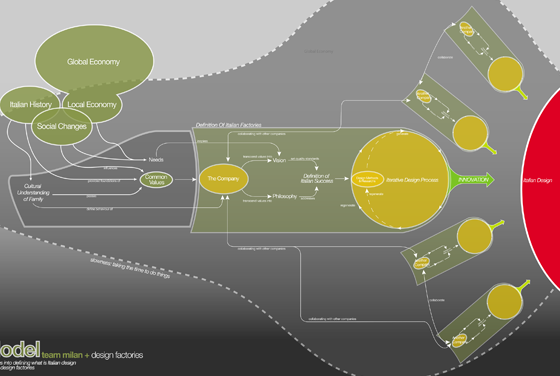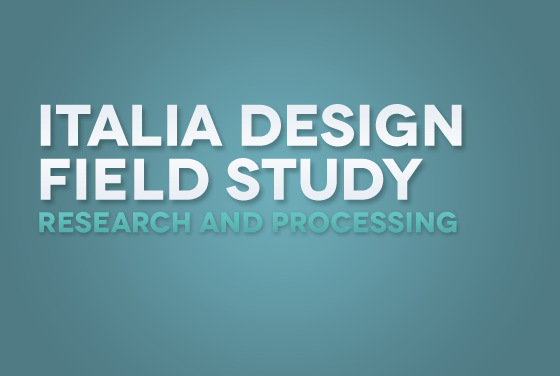
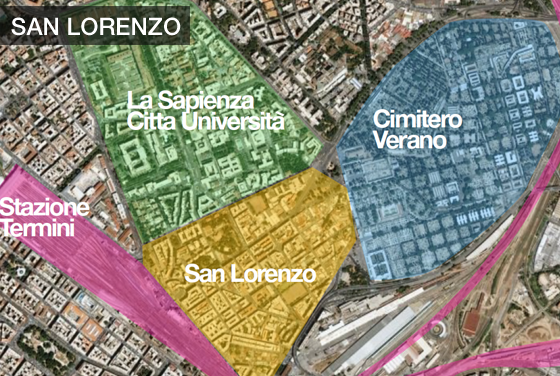
Our neighborhood study in Rome took my team to San Lorenzo, an area not marked on tourist maps, where the university, cemetery, historical train station, and many artisans reside.
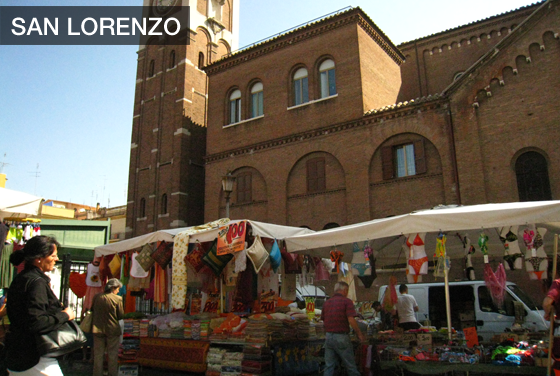
We visited the markets during the day, where stalls occupy town squares during the day, and then taken down in the evening.
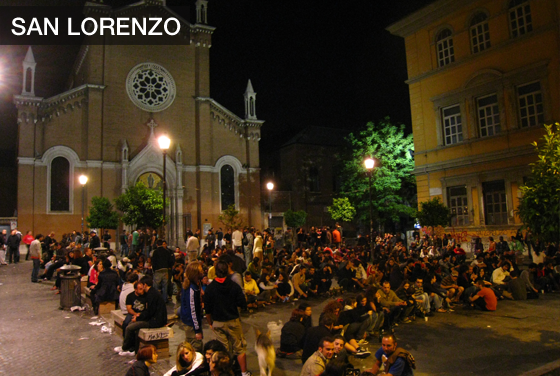
The main piazza, or square, of San Lorenzo acts as a hub of activity for university students during the day, but it really comes to life at night for socializing.
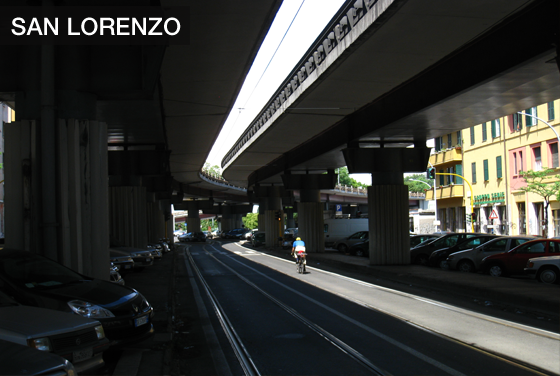
The Termini Station was the key to the population of the entire city that started to grow in the early 1800's.

At La Sapienza University, many remnants of political movements can still be seen, as San Lorenzo was the starting point for many radical groups.
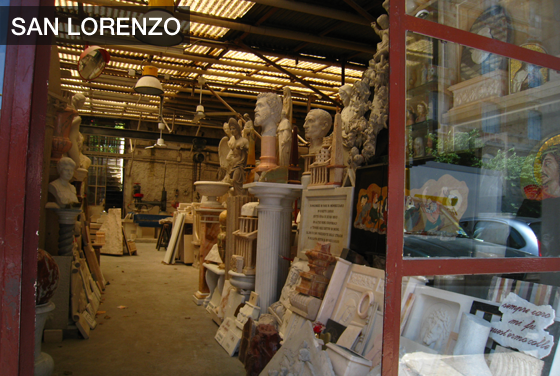
During the unification of Italy, the workers were established around the train station in order to service it, but many craftsmen still reside today there to produce their own work.

We also observed many spaces for family activities, such as parks, playgrounds, and basketball courts.
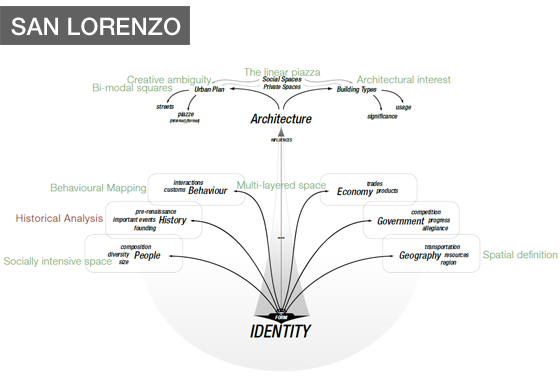
An infographic model we designed that describes the relationship between the development of Rome, and the architectural and urban developments of San Lorenzo.
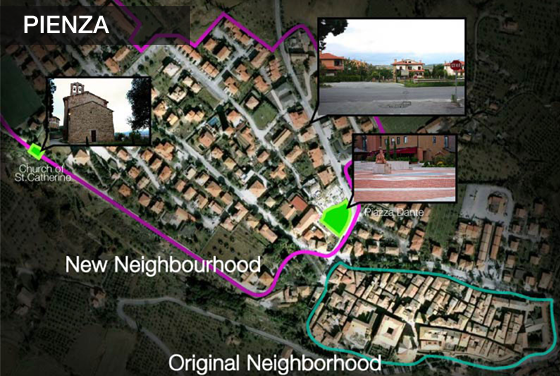
In Tuscany, my team's assignment was to study the ideal Renaissance hilltown of Pienza.
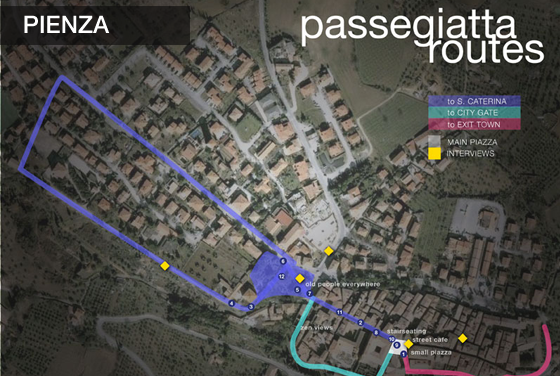
In the evening, the locals started coming out for passeggiata (ritual evening stroll). This diagram maps the most commons routes we observed while exploring and conducting interviews.
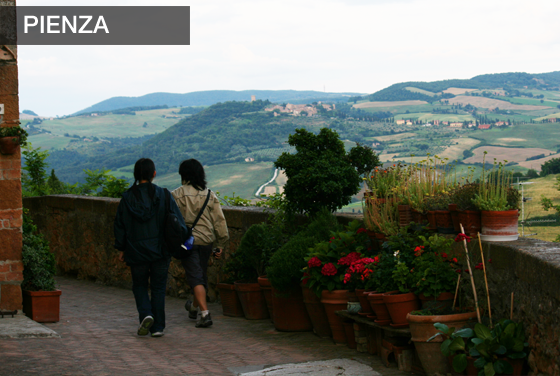
Following the patterns from the book A Pattern Language by Christopher Alexander, we observed how the first implementations of humanist urban planning took place in the town.

We interviewed a diverse group of people: a mother walking with her child, a bartender, a pair of senior women appreciating the sunset, and a young store cashier.
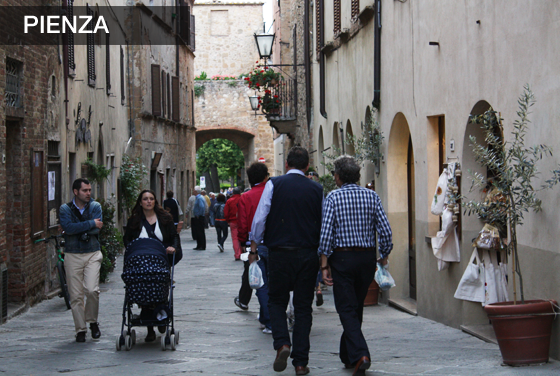
During the day, Pienza is full of tourists and activity, but as evening draws near, the locals begin to emerge, giving the town a calm atmosphere.
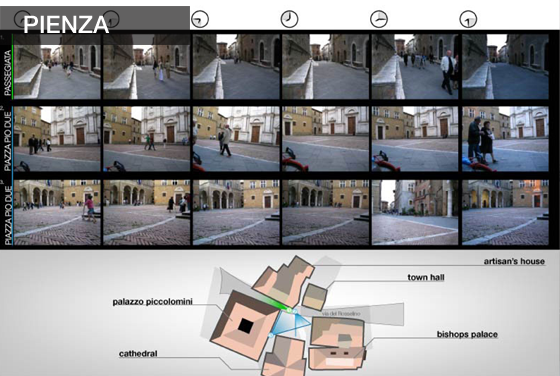
A time lapse sequence taken every 15 minutes of the main piazza in Pienza.
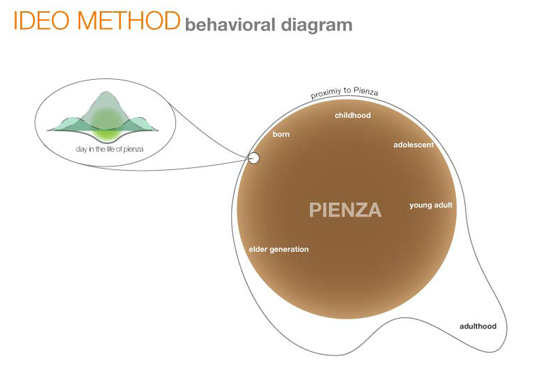
The infographic model we developed describes the trend of a person born and raised in Pienza tends to leave the town upon reaching adulthood, then returns to Pienza to retire.
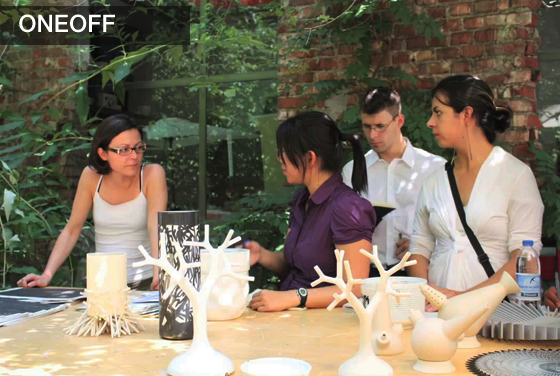
While traveling through Italy, the students took turns interviewing many designers, asking them about their views on design specifically in Italy. I was in charge of the interview at OneOff in Milan.
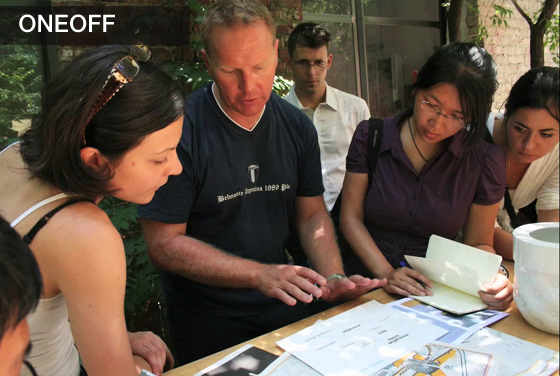
We shared with the designers infographic models we've made, asking their input on our interpretation.
